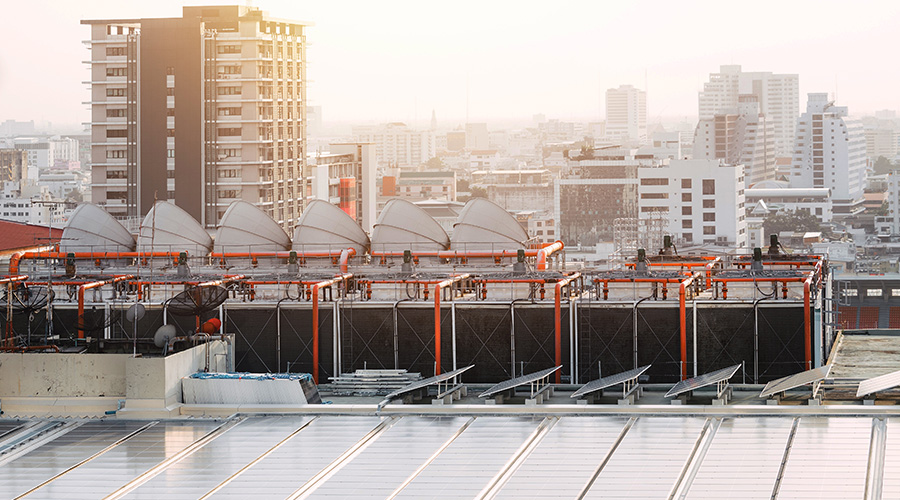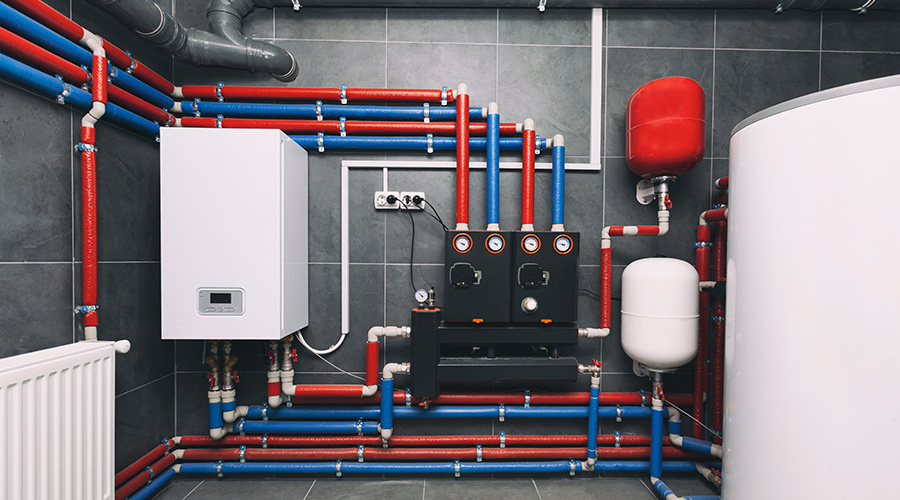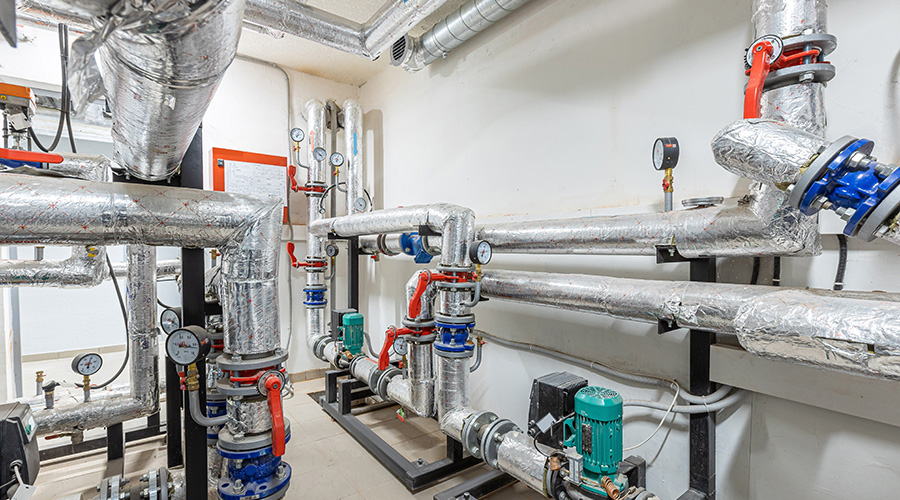Boiler Maintenance: Safety Considerations
Even though today's generation of boilers is more efficient, more reliable, and safer than any previous generation, accidents still occur, and boilers still fail before they reach their rated service lives. Nearly two-thirds of boiler failures result directly from poor operating and maintenance practices, according to one estimate. Similarly, most unscheduled interruptions of services also are the result of poor operating and maintenance practices.
Good maintenance practices can go a long way to improving safety, but only as long as the maintenance program addresses specific safety measures.
Managers should start with the safety-relief valve, which represents the boiler's last line of defense against overpressure. Scale and other contaminants in the water system or plugged discharge lines can interfere with the valve's operation. Operators must test the safety-relief valves each time they start a boiler, and they must perform additional testing at intervals the manufacturer recommends.
Flame-safeguard controls also require regular testing. This control ensures the boiler lights, operates, and shuts down properly. Typical operation includes purging of combustible gasses from the boiler during start-up to reduce the risk of an explosion. The flame-safeguard control verifies all other safety interlocks are closed before ignition.
When the boiler shuts down, it initiates a purge cycle to eliminate combustible gasses. Depending on the size and type of boiler, technicians might need to inspect the flame-safeguard control daily or weekly.
Finally, the low-water cutoff control shuts down boilers in the event of a lost water supply, which can cause overheating and permanent damage. While the controls are reliable, components can fail, resulting in a false indication of the water level in the boiler. Again, depending on the size and type of boiler, operators might need to visually confirm each day that the boiler's water level is as indicated.
Operators must not simply assume that if the boiler's safety indicator lights and alarms are normal, everything is OK. Lights burn out, and alarm contacts can fail or be disconnected. Most operating panels include a test button for indicator lights and alarms. Operators need to use it regularly.
Related Topics:
















